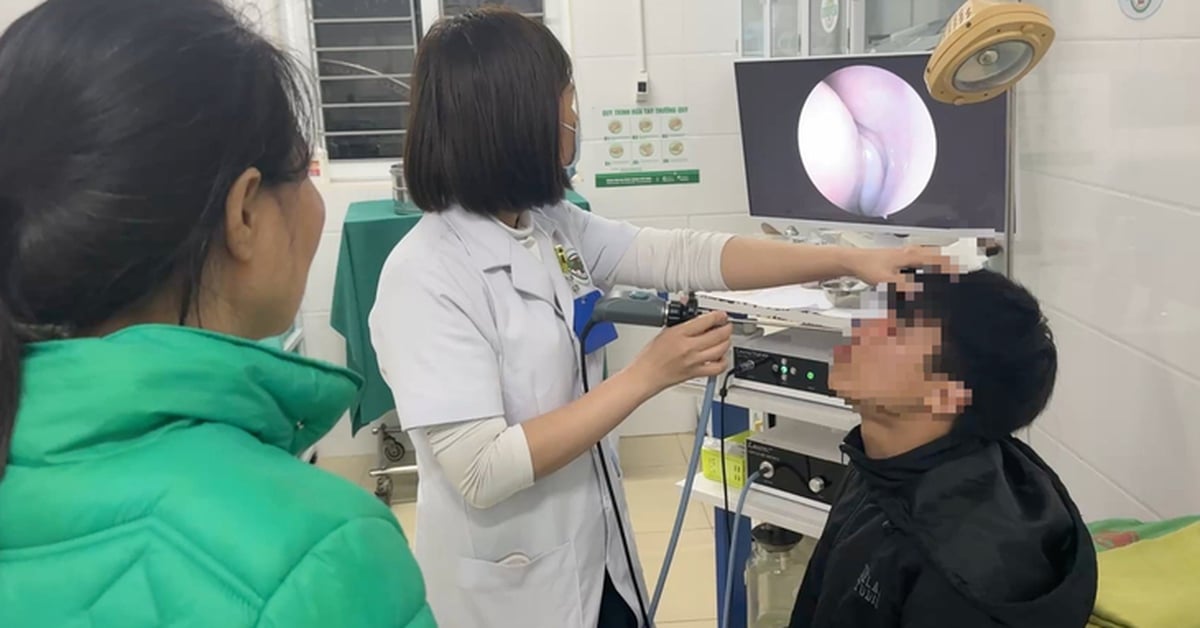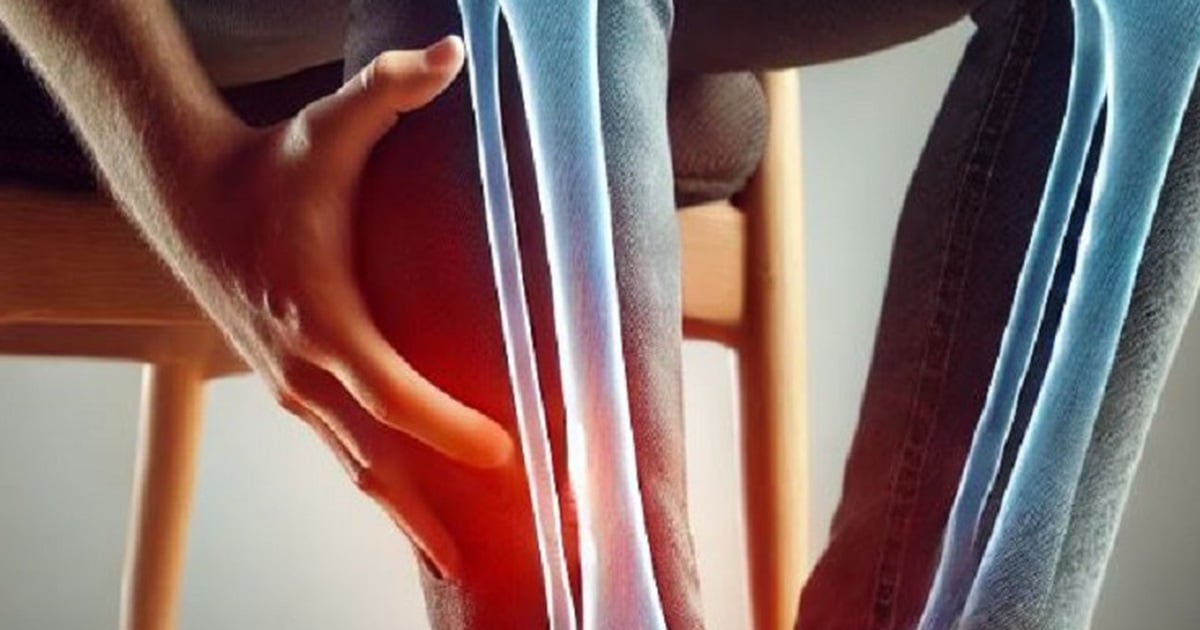Around the eyes, nose, mouth - lips, temples, forehead and top of the head are 5 areas on the face that are at risk of complications when injecting filler.
MSc. Dr. Ta Quoc Hung, Department of Dermatology - Cosmetic Dermatology, University of Medicine and Pharmacy Hospital, Ho Chi Minh City, said that all skin areas can be injected with fillers, but some areas when injected will have a higher risk of complications due to the anatomical structure and connection between muscles, blood vessels and nerves of those areas.
Below are 5 areas on the face that have a higher risk of complications when injecting filler, according to Dr. Hung.
Around the eyes
This is a very sensitive area and has many complex tissue structures such as small blood vessels, nerves and little fat tissue. Filler injections here can cause eye swelling, bruising, filler exposure, and even loss of vision if not done properly.
Nose
The nose has many important blood vessels and nerves. Filler injection in this area can cause edema, filler spillage to the surrounding area or skin necrosis, even blindness if injected into the blood vessels that supply the nose.
Mouth and around lips
The mouth and lip area are very sensitive, prone to infection and swelling after injection. Injecting filler in the wrong location in this area can lead to serious complications such as vascular occlusion and tissue necrosis.
Sun
This is an area with many important structures such as the superficial temporal artery or the frontal branch of the facial nerve. Filler injection in the temporal area can cause paralysis and pain due to nerve damage. If injected into a blood vessel, it can cause swelling, bruising, or worse, skin necrosis due to vascular occlusion.
Forehead and top of head
Filler injected into the blood vessels can cause necrosis of the forehead skin. Filler moves upstream in the blood vessels to the eye arteries, leading to the risk of blindness.
To avoid dangerous complications, Dr. Hung recommends choosing a filler injection facility that meets the following conditions: The doctor has a certificate in cosmetic dermatology or cosmetic surgery. Use safe fillers approved by the US Food and Drug Administration (FDA).
The place where the procedure is performed must have modern medical equipment and ensure hygiene; perform the injection procedure with care, cleanliness and follow technical instructions. Perform pre-injection procedures to ensure there are no allergies or serious side effects. The place where the procedure is performed must also advise carefully about possible risks and be able to handle emergencies if problems occur after filler injection.
American Italy
Source link



![[Photo] General Secretary To Lam receives King Philippe of Belgium](https://vstatic.vietnam.vn/vietnam/resource/IMAGE/2025/4/1/e5963137a0c9428dabb93bdb34b86d7c)
![[Photo] Prime Minister Pham Minh Chinh meets with King Philippe of Belgium](https://vstatic.vietnam.vn/vietnam/resource/IMAGE/2025/4/1/be2f9ad3b17843b9b8f8dee6f2d227e7)
![[Photo] Close-up of Vietnam's sniffer dog team searching for earthquake victims in Myanmar](https://vstatic.vietnam.vn/vietnam/resource/IMAGE/2025/4/1/d4949a0510ba40af93a15359b5450df2)
![[Photo] President Luong Cuong and King Philippe of Belgium visit Thang Long Imperial Citadel](https://vstatic.vietnam.vn/vietnam/resource/IMAGE/2025/4/1/cb080a6652f84a1291edc3d2ee50f631)


























![[Photo] Myanmar's capital in disarray after the great earthquake](https://vstatic.vietnam.vn/vietnam/resource/IMAGE/2025/4/1/7719e43b61ba40f3ac17f5c3c1f03720)
































































Comment (0)